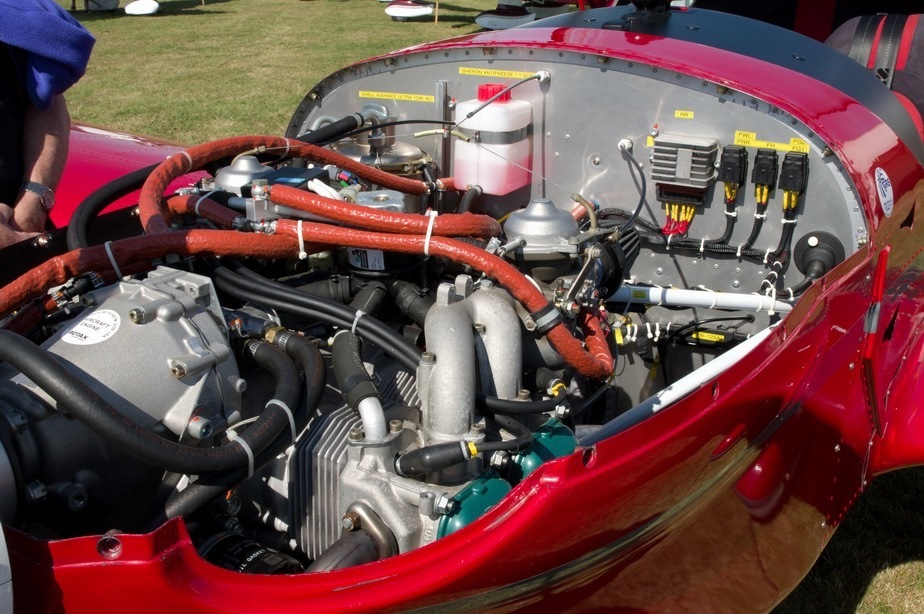
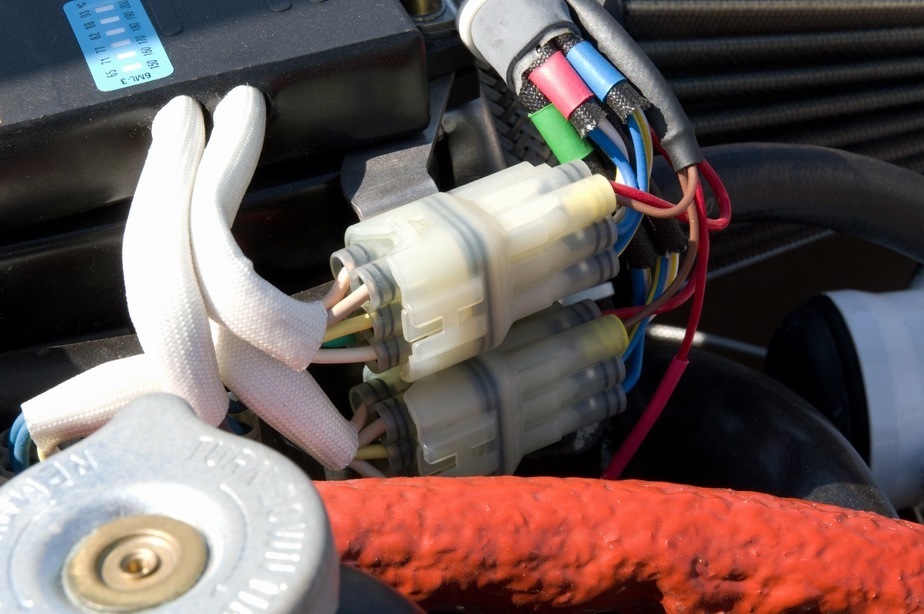
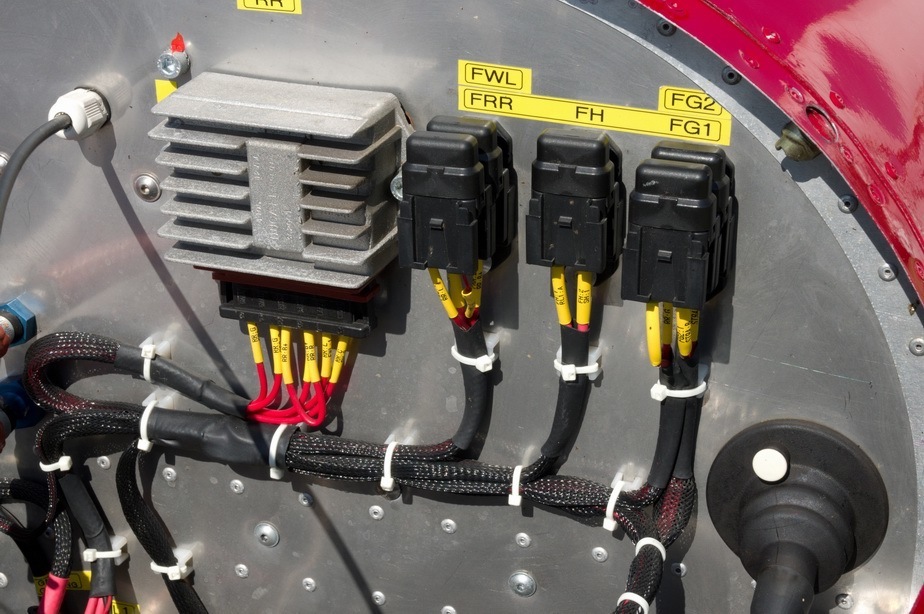
The non-obvious aspect to this is that on Lyco/Conti installations, anything mounted on the firewall doesn’t get 100-150kt water chucked at it, because there are baffles at the back of the engine, just behind the back of the magnetos etc. The only way for stuff to penetrate through that is via the oil cooler, if one is mounted up there
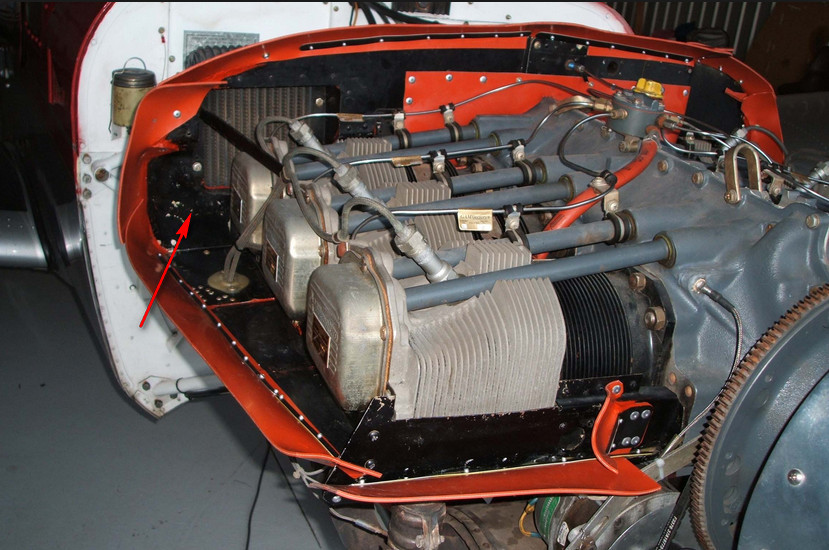
(not my aircraft)
But in the above pics, any rain will just hit all the stuff on the firewall at more or less full speed.
Rataxes are mostely encapsulated in the cowlings (e. g. look at the Katana/Dimona) with only holes for water- and oilcoolers below them (totally different design to the aircooled Lycosaurus). No water/rain will enter. For my knowing there are no water-related issues, so no need for an installation change…
So the answer to your question: YES 
The above one has a hole here
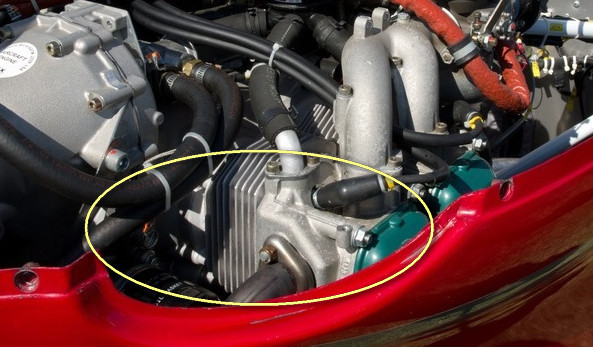
Let’s rephrase the question – in spite of the design, did we hear of any Rotax-powered airframes electrical failures attributed to water ingress?
The Europa XS has holes there, too, but at least I’ve never heard of any problems in this regard, also not in Rotax- or Microlight forums. I have to admit, that doesn’t mean, that there couldn’t be any 
You can see those connectors have O-ring seals around where the wires go in, I suspect the internals of those connectors are pretty well protected (and they look robust). I doubt much rain will reach the firewall through that hole given all the obstacles (hot cylinders, pipes etc) that are in the way, except if you choose to fly through a hurricane.
electrical failures attributed to water ingress
… or preventative maintenance i.e. replacing corroded electrics.
This used to be a huge problem in cars, until manufacturers started to use the o-ring-sealed connectors (and other stuff) like the one in the pic I posted, which postponed the failure of the connection(s) to something like 15 years by which time few people cared because few keep a car that long, and e.g. my Toyota Celica dropped in value from £18000 to £500 over that time. But a car engine is mostly protected from water spray.
The other thing I saw on that Rotax installation were control cables whose ends were open directly into the water spray, so water would get in and go all the way into the cockpit.
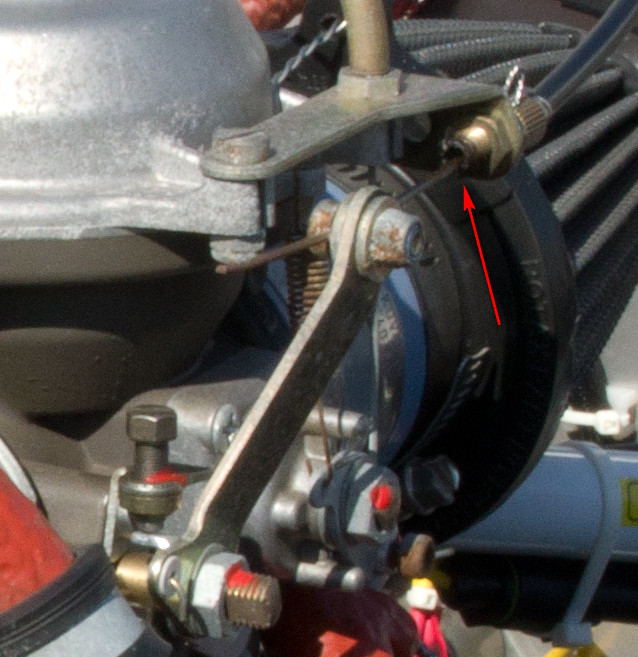
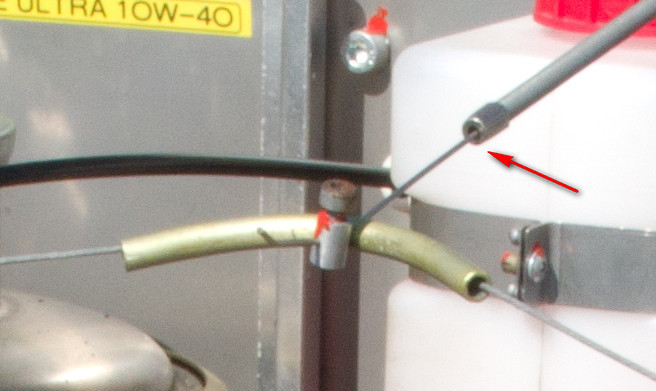
I would expect these to be problematic but maybe they aren’t for some reason. The reason could be that few of these planes fly IFR, but they could fly in rain (do they often?).
But in the above pics, any rain will just hit all the stuff on the firewall at more or less full speed.
I agree. But why fly with the cowling off?
Peter wrote:
The other thing I saw on that Rotax installation were control cables whose ends were open directly into the water spray, so water would get in and go all the way into the cockpit.
I would even be more scared about water getting into these control cables and freezing up during climb (or on the ground in winter). My Fiat has always had this problem with the handbrake cables. The only solution proposed by my garage was to regularly fill the cables with (silicone) grease. My solution since 16 years has been not to use the handbrake in winter… but with an aircraft one might actually need those controls.
The second picture shows Rotax-specific connectors, and I never heard of any issues with those. Indeed one of the strong phrases about the Rotaxen is that they keep on running even in the case of a total electric failure – as will the Lycosaurs, but not some others.
The other pictures though have nothing to do with a Rotax, the plane might as well use a Jabiru or a BMW motorbike conversion or whatever, there would still need to be a regulator and a handful of fuses. But it IS queer to see those accessories on the business side of the firewall, in my craft they are on the much more protected – and less hot – cockpit side. Actually, that is where the rectifier/regulator resides, the fuses are – sensibly – in the dashboard. It seems clear to me that putting them on the hot side will also increase the total amount – in running metres – of cabling, increasing weight needlessly. So I too have my reserves about this installation, but they are different from Peter’s.
Above all: any moisture that manages to arrive at the firewall will be blown away as soon as it arrives. No concern there.
PS as for flying in the rain: no I don’t do it often, it is rare to have rain and sufficient (legal) visibility. On top of that, a lot of rain on the Makrolon windshield will further impair said visibility.